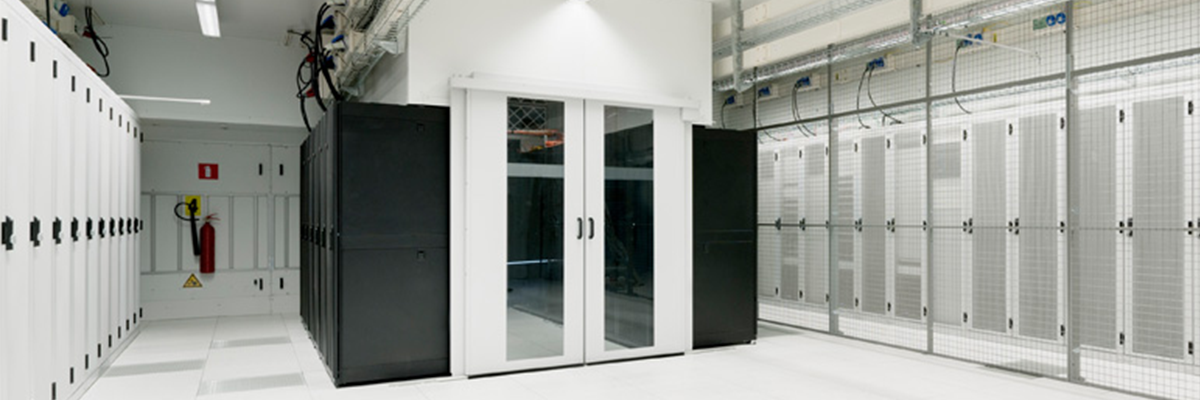- Ignite Innovation Across Industries at Cisco Live 2025
- Dell rolls out private cloud package, bolsters AI offerings for on-prem development
- Samsung will give you a free 27-inch Odyssey G55C monitor - how to qualify
- Critical Zero-Days Found in Versa Networks SD-WAN/SASE Platform
- This $12 gadget tool is a permanent accessory on my keychain - here's why
Customers Praise the Surprising Longevity and Adaptability of Cisco UCS

When we introduced our first compute platform in 2009 with Cisco UCS B-Series Blade Servers, there was a fair amount of snickering from industry watchers and established server vendors. Most didn’t expect us to last in the compute market for more than a few years.
Not only are we still in the server business 15 years later, but the UCS B-Series is still a widely used, fully supported platform that continues to pay dividends for those who took the leap all those years ago.
As many will attest, this is not the norm. Whether it’s because of shorter support windows, frequent changes to chassis designs, or an inability to accommodate evolving power, cooling, and processing requirements, most server platforms need to be replaced every handful of years.
That was too disruptive and costly for Nathan Bullock, IT Operations Manager at Interstates, a construction industry leader based in Iowa. Bullock said the company was being forced into chassis replacements or major upgrades involving midplanes and backplanes just to leverage the newer blades.
Tired of the constant refresh cycle, Interstates deployed UCS X-Series, the successor to UCS B-Series that improves on the seminal platform in every way and was designed to last just as long—if not longer.
“I think Cisco UCS X-Series is the first platform that truly delivers on the promise of next-gen computing, where you can upgrade on the fly and continually tailor the environment to meet the needs of the business,” Bullock said. “And the longevity of the platform has really hit home with our finance, procurement, and executive teams.”
Designing for the future
So, how did we create a server platform that lasts well over a decade when the industry-standard is 5–10 years?
First and foremost, we leveraged our unparalleled networking expertise and applied it toward server innovation. We created a unified fabric that simplifies the connectivity between server, storage, and networking systems. More importantly, it eliminates the need for a fixed data plane inside the chassis, which represents the single most limiting factor in other server platforms.
Technologies change and evolve. The less you hardwire into the chassis, the more flexibility and longevity the chassis will provide.
Because of our groundbreaking unified fabric, UCS B-Series was able to seamlessly evolve from 10G to 40G using industry-standard connectors while other server platforms reached the power, cooling, and processing limitations of their fixed data plane. UCS X-Series provides an equally impressive upgrade path, ready to support the 10G/25G/40G/100G needs of today and 400G/800G needs of tomorrow.
“Our infrastructure is future proof,” said Rod Lucero, CTO of Xigent, an IT services leader that recently deployed the platform to support its new full-stack observability (FSO) offerings. “With UCS X-Series, we have a 100G backbone that can easily move to 400G and beyond. It gives us 14 years of runway and a ton of flexibility.”
That flexibility extends well beyond connectivity and network speed. UCS X-Series is fully modular, meaning different components—like CPUs, GPUs, and memory—can be mixed, matched, and swapped over time.
“Some of our workloads are more memory intensive than CPU intensive,” Bullock said of Interstates’ application portfolio. “With this new platform, we can tune each box for our specific needs instead of constantly overprovisioning or buying new ones.”
And they can adapt or upgrade those boxes as needed over an extended period of time.
For Xigent, the modularity of UCS X-Series has opened new service possibilities involving artificial intelligence/machine learning (AI/ML), high-performance computing (HPC), virtual desktop infrastructure (VDI), and GPU-enabled workloads. And the simplicity of our cutting-edge management platform, Cisco Intersight, has supercharged their internal operations.
“We can see and orchestrate all of the compute, storage, and networking systems in our data centers with Cisco Intersight, and it’s so easy to move things around,” Lucero said. “We can take excess capacity from one data center, move it to the other, and make it available to a customer within a day if they have an urgent need—all from a single console.”
As you consider your next server refresh or upgrade, be sure to look back as well as forward. There’s only one platform that will reliably serve your needs until 2040—and possibly beyond.
Learn more
Share:

